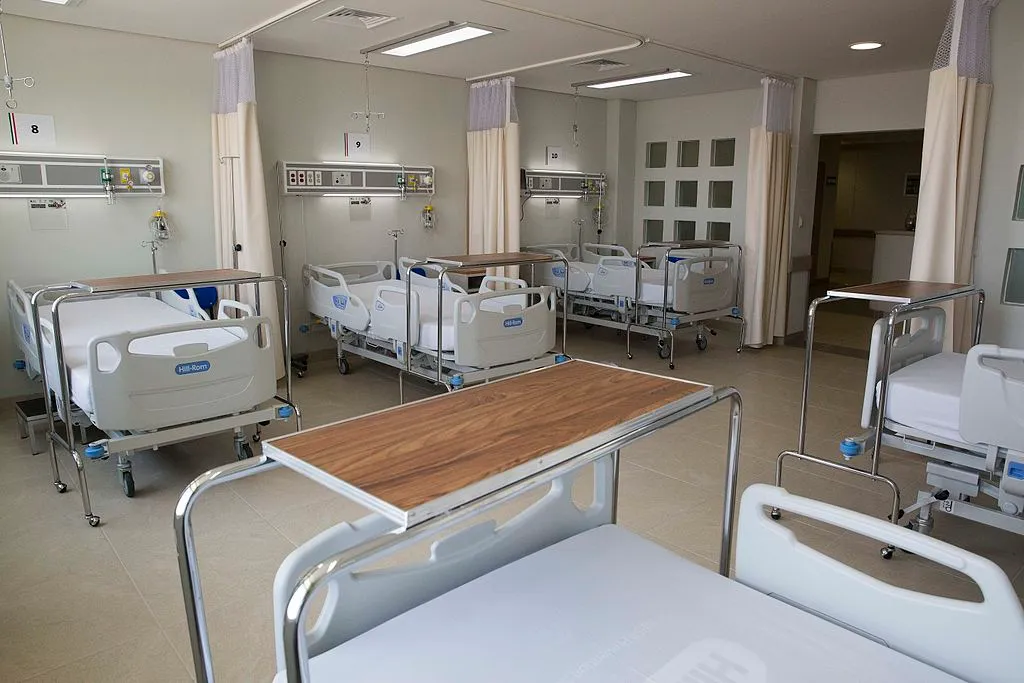Power generation, coal mining major drivers of Mat North economic activities- ZimStats
Share

The Gross Domestic Product (GDP) for Matebeleland North province has increased from Z$10.44 billion in 2020 to Z$12.94 in 2022 spurred by power generation at the Hwange Thermal Power Station and coal mining activities, the Zimbabwe Statistics Agency (ZimStats) has said.
GDP is the total monetary or market value of all finished goods and services produced within an area.
Zimbabwe’s economic growth slowed down around 2020 after the outbreak of Covid-19, which forced the government to introduce lockdowns to contain the spread of the disease.
This impacted on production and growth as some workers were forced to stay at home, leaving companies to operate with skeletal staff.
Announcing the GDP and 2022 Population and Housing Census results, Zimbabwe Statistics Agency (ZimStats) macro-economic statistics division manager Tapiwa Gumbo said the added value for Matebeleland North was Z$732.66 billion in 2022, with mining and manufacturing contributing Z$146.55 billion and $146.52 respectively.
Coal mining is the dominant mineral in the province followed by accommodation and food services, agriculture, construction, transport and storage as well as wholesale and retail trade.
Demand for the vast range of accommodation and food service activities is influenced by Victoria Falls, Binga, national parks and the Zambezi River.
“The value added for accommodation and food was Z$49.24 billion, agriculture Z$33.90 billion, construction Z$31.13 while transport and storage was Z$17.01 billion,” said Gumbo.
He said the province experienced growth rates of 14 percent and 9 percent in 2021 and 2022 respectively with the manufacturing industry, professional, scientific and technical activities and health water supply recording a negative growth rate in 2022.
Gumbo said mining and quarrying had the highest contribution of 21.7 percent to the GDP while electricity, gas and air conditioning accounted for 14.9 percent.
Manufacturing accounted for 10.8 percent of the GDP while wholesale and retail contributed 10.2 percent of the overall GDP in the province, explained Gumbo.
As part of its devolution agendas, the government said it is important for the country to know the economic value of each province as this helps in projecting economic growth.
Matabeleland North has been lagging behind in terms of infrastructure development and since the advent of the Second Republic, it has recorded tremendous growth through implementing key projects, which include expansion of the Hwange Thermal Power Station Unit 7 and 8, which has added 600 MW to the grid, as well as opening of the Muchesu Coal Mine in Binga, where more than 500 jobs were created.
The government is also constructing Lake Gwayi-Shangani which, when completed, will become the panacea to Bulawayo water woes and benefit villagers along the pipeline.
New Ziana






